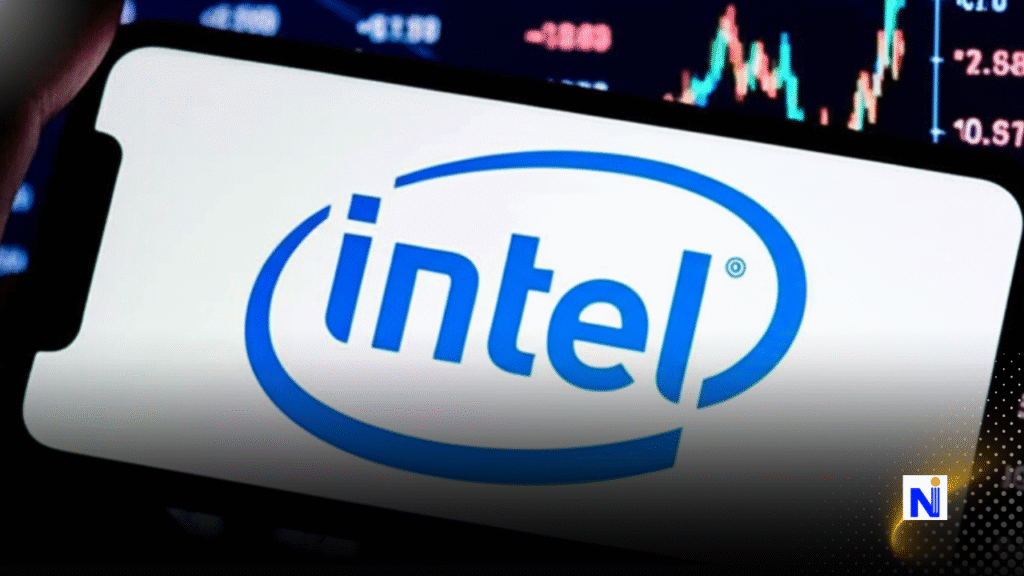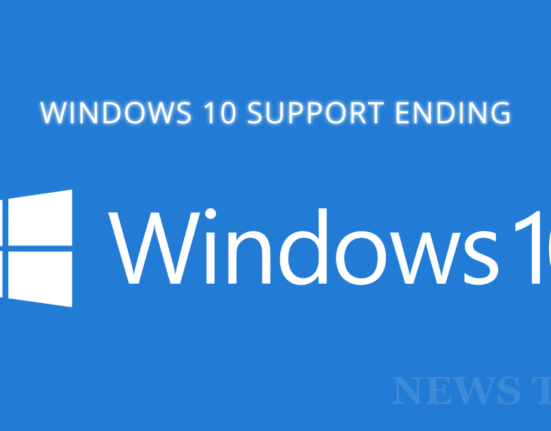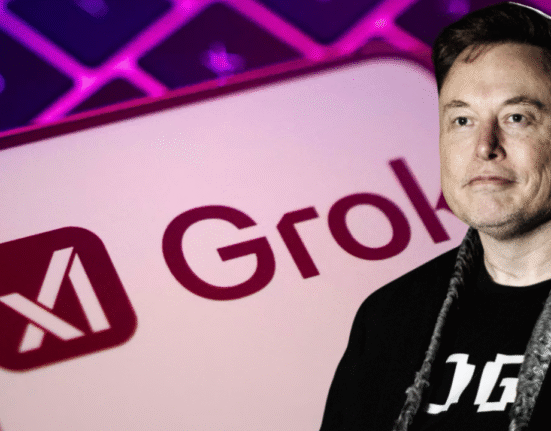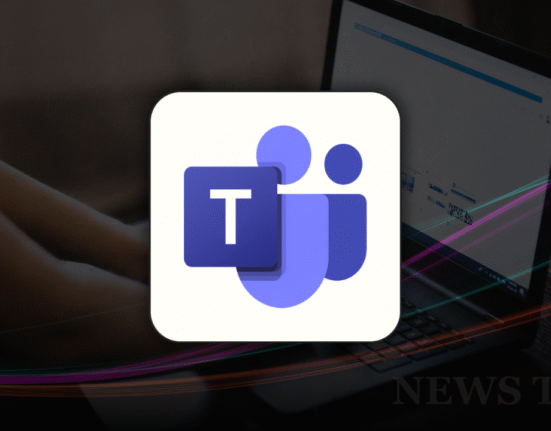
The latest Intel earnings report is a bittersweet moment for the legendary chipmaker. The company managed to beat Wall Street’s revenue expectations, but its earnings per share (EPS) fell short due to hefty impairment charges. Add to that a 15% headcount reduction, and you can feel the tension rippling through Silicon Valley. Yet, despite the short-term turbulence, Intel’s Q3 revenue forecast is surprisingly upbeat. Could this be a turning point for the tech giant, or just another bump on the road?
Intel’s Mixed Q2: What You Need to Know
Intel’s second-quarter results dropped like a tech bombshell after the bell on Thursday, and the market didn’t quite know how to react. Initially, Intel stock climbed more than 2% following the announcement, but those gains quickly evaporated, and the stock closed down 3.66% at $22.63. By the overnight trading session, it slipped further to $21.62 – a 4.46% dip.
Here’s a snapshot of Intel’s Q2 numbers compared to expectations:
| Metric | Actual | Expected |
|---|---|---|
| Adjusted EPS | – $0.10 | $0.01 |
| Revenue | $12.8B | $11.8B |
| Year-over-Year Revenue | Flat | N/A |
Key highlight: Intel’s $12.8 billion in revenue beat forecasts by a cool $1 billion, but the EPS miss due to impairment charges put a damper on the celebration.
What’s Behind Intel’s EPS Miss?
Intel revealed that it took $800 million in non-cash impairment and accelerated depreciation charges. These were tied to “excess tools with no identified re-use,” which is a polite corporate way of saying, “We bought some expensive gear we don’t need anymore.”
The company also incurred one-time period costs of $200 million for Q2. On top of that, Intel has canceled projects in Germany and Poland and slowed construction at its Ohio facility. The combination of these factors shaved away at the company’s profit margins.
15% Workforce Reduction: A Bold Cost-Cutting Move
Intel’s CEO, Dave Tan, confirmed that the company is cutting its workforce by 15%, aiming for approximately 75,000 employees by year’s end. While layoffs are never good news, Intel is banking on these cuts to improve efficiency and save costs as it navigates intense competition from AMD and Qualcomm.
Q3 Outlook: A Glimmer of Hope
Intel’s guidance for Q3 has raised some eyebrows—in a good way. The company expects revenue between $12.6 billion and $13.6 billion, which is above Wall Street’s base expectation of $12.6 billion. If Intel can hit the higher end of this range, it could send a positive signal to investors who are still skeptical of the company’s ability to regain its market dominance.
Intel vs. AMD vs. Nvidia: Market Share Wars
Intel’s challenges don’t exist in a vacuum. Rival AMD’s market cap sits at $262 billion, while Nvidia dominates with a staggering $4 trillion valuation. Intel’s market cap, meanwhile, is down to $98 billion.
Here’s how the past 12 months have looked for Intel’s stock performance:
- Down 28% year-over-year
- Up 13% year-to-date
This performance, while underwhelming, suggests that investors still see Intel as a comeback story in progress—especially with the company’s push into AI chips and its Foundry business.
Intel’s Foundry Business: The Long Game
Intel’s Foundry division, aimed at manufacturing chips for third-party clients, reported $4.4 billion in revenue, beating expectations of $4.3 billion. Though this represents just a 2% growth, it’s an important piece of Intel’s long-term strategy.
The company has struck deals with Microsoft and Amazon to build chips using its 18A technology. While some earlier reports suggested uncertainty around continuing 18A offerings to third parties, Tan reaffirmed plans to expand internal chip production capacity first, then attract more external clients.
Product Business Still Dominates Revenue
Intel’s core Products business, which includes CPUs for desktops, laptops, and AI chips, brought in $11.8 billion, surpassing the $10.9 billion expected by analysts. However, competition from AMD’s Ryzen line and Qualcomm’s Snapdragon X Plus and X Elite chips is heating up, forcing Intel to innovate faster than ever.
Investor Sentiment & Market Reaction
The market’s reaction to the Q2 results was mixed—reflecting both concerns about Intel’s short-term hurdles and optimism for its Q3 outlook. While the EPS miss stung, the upbeat Q3 revenue forecast has analysts cautiously optimistic.
Intel’s Q2 earnings were a classic case of “good news, bad news.” While the company is trimming its workforce and dealing with impairment charges, its revenue beat and positive Q3 forecast suggest that the tech giant isn’t ready to bow out of the chip wars just yet. Whether Intel can regain ground against AMD and Nvidia will depend on how quickly it can deliver on its Foundry promises and next-gen chip designs.






